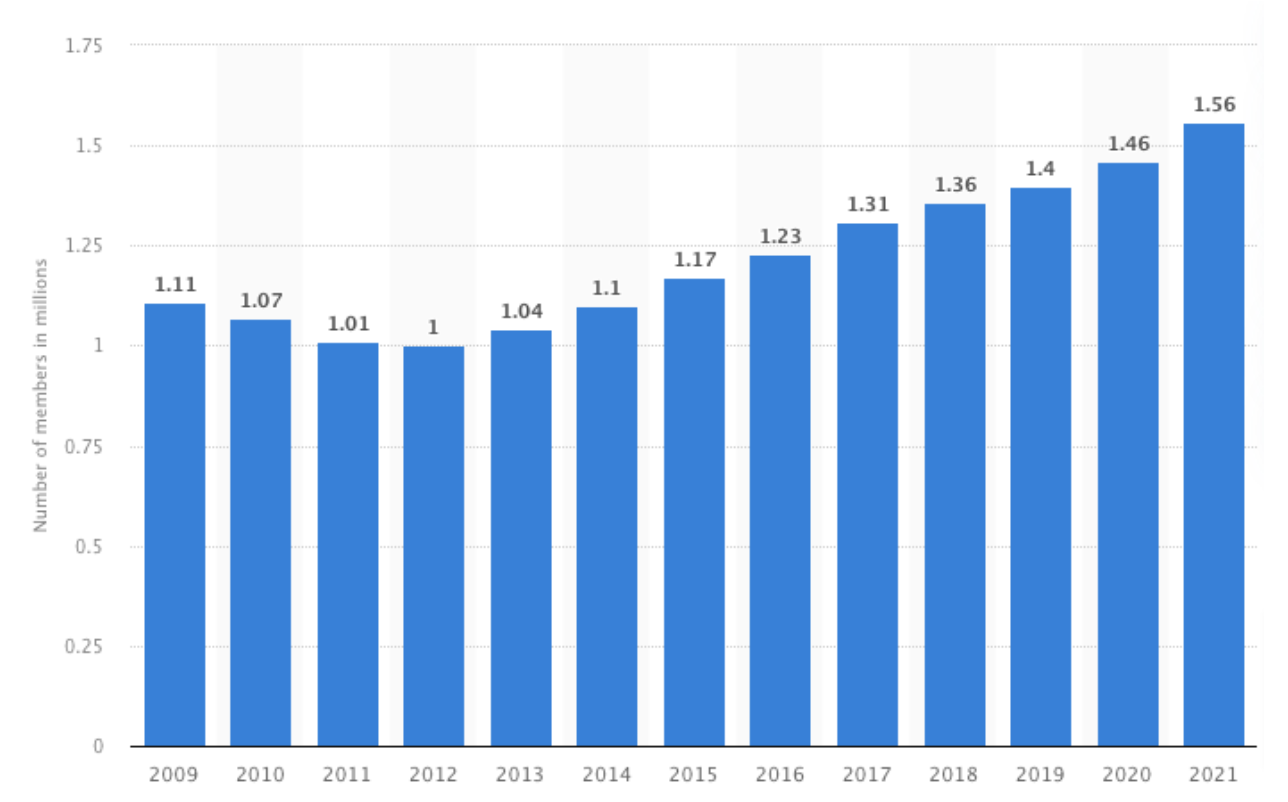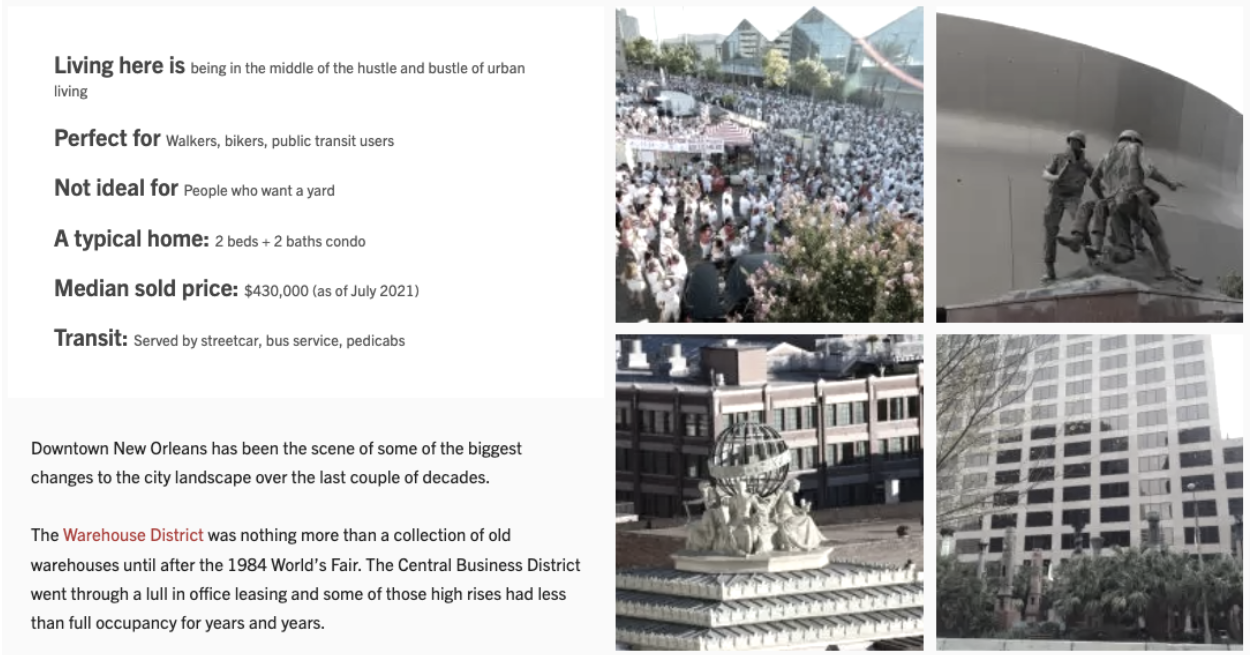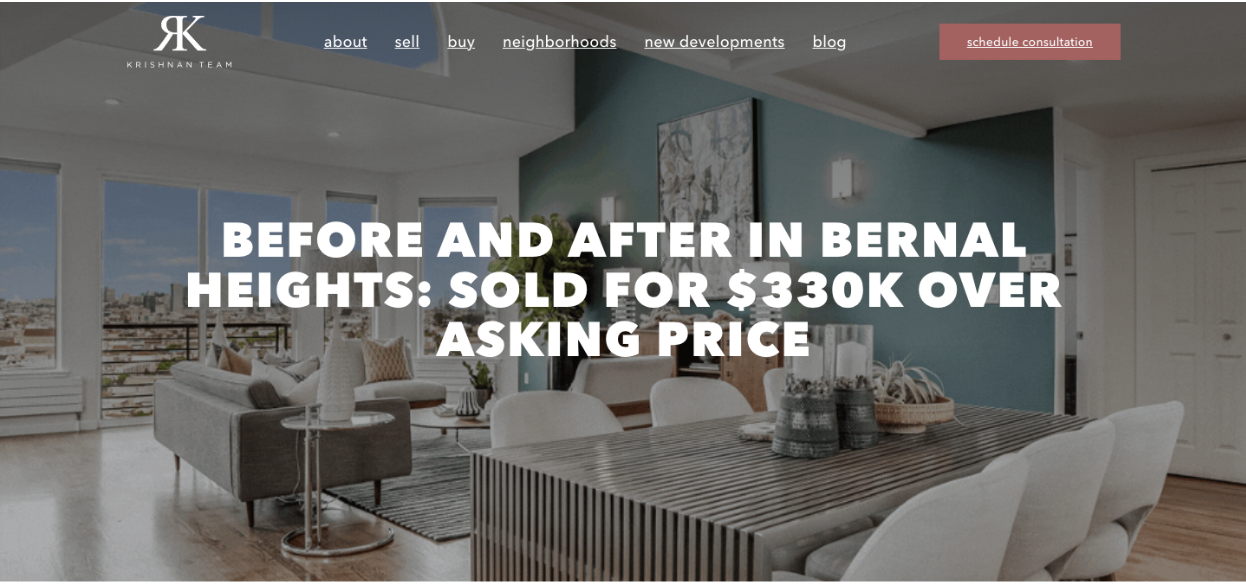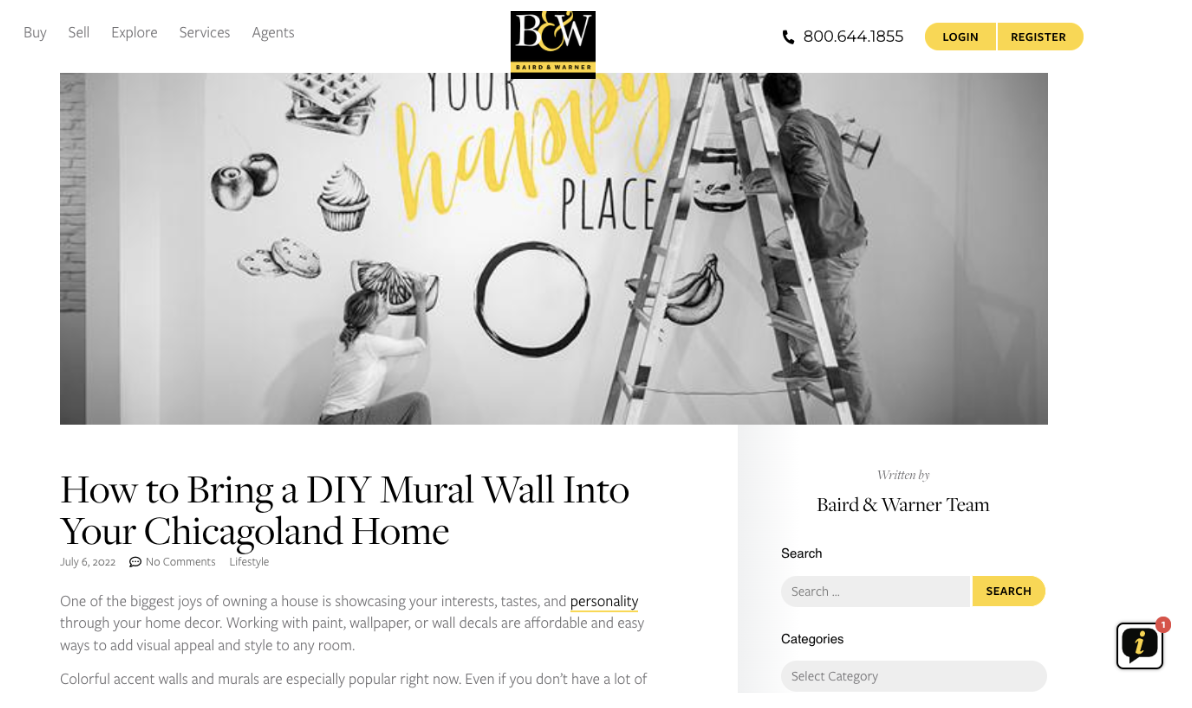The real estate industry has never been more competitive. One solution to help you stand out is to invest in real estate content marketing.
According to the National Association of Realtors (NAR), the number of licensed realtors in the US climbed to 1.56 million in 2021.
More than 150,000 members signed up in 2020 and 2021 combined, up by almost 60% on the previous two years.
While not all real estate agents are realtors, this increase still speaks to the huge growth of the industry since the dawn of the pandemic. A lot of people lost their jobs in the ensuing economic downturn, with many of those people deciding that a career in real estate could help them pay the bills.
Now, we’ve got nothing against a little healthy competition! But with so many other real estate professionals out there, it’s increasingly difficult for agents to stand out from the crowd.
Done well, content marketing can help you reach new audiences, build your authority, and convert leads into clients.
With that in mind, here are three of our favorite content marketing tactics for real estate agents:
- Use storytelling content to engage buyers
- Demonstrate your expertise through visual content
- Build a resource of top-of-the-funnel content assets to drive low-competition traffic
3 Real Estate Content Marketing Tactics
1. Engage Buyers Through Storytelling Content
Legendary salesman Elmer Wheeler coined the phrase, “Don’t sell the steak, sell the sizzle.”
Or, to put it another way, focus on the experience you’re providing, rather than the product you’re selling.
That might sound counterintuitive in the real estate world, where the “product” is more likely to be a $500,000 condo than a $20 cut of meat. But it’s still true.
Sure, buyers will have specific ideas about the type of property they’re searching for — three bedrooms, a garage, plenty of closet space — but there might be hundreds or thousands of options that tick those particular boxes.
So get away from those technicalities and speak to how you’re helping the buyer unlock the lifestyle of their dreams.
The most impactful way to do that is through storytelling: promoting the properties you’re selling or the markets you serve by weaving a compelling narrative that resonates with your audience.
Storytelling content can be highly impactful, with an astonishing 94% of respondents to a Google and Talk Shoppe survey agreeing that good content tells a good story.
Okay, so telling stories is obviously a good thing when it comes to real estate content marketing.
But you’re not a scriptwriter. You don’t have hours or days to spend honing a plot and creating backstories for your fictional characters.
Fortunately, storytelling doesn’t have to be that complicated.
New Orleans real estate business Crescent City Living do a great job weaving elements of storytelling into their neighborhood guides.
For instance, they describe what life is like living in Downtown NOLA, including the types of buyers the area is perfect for (and who should look elsewhere):
With just a few words, they help would-be buyers imagine their own lives in Downtown New Orleans — buying a trendy apartment, walking the busy streets, and embracing the hustle and bustle of urban life.
That’s a whole lot more impactful and engaging than simply listing an area’s average property prices and best schools.
Key Actions
- Add storytelling elements to property pages. What sort of people would this property appeal to? What sort of lifestyle would they lead? What would make them excited about this property?
- Replicate this approach across your neighborhood guide pages. If you don’t already have those pages, consider creating them. Paint a picture of what living in the neighborhood would look like.
2. Use Visual Content to Showcase Your Expertise
It might sound obvious, but selling a house is a highly visual experience.
Not many people buy a property off a written description alone. And honestly, if anyone has ever done that, we’d love to know how it turned out.
Home staging is a classic example of the importance of visuals. Staging is not just about making a property look nicer; it delivers real, measurable results. According to research from the NAR:
- 82% of buyers’ agents said staging made it easier for a buyer to visualize the property as a future home.
- 23% of buyers’ and sellers’ agents said home staging raised the dollar value offered by 1-5%
- 31% of sellers’ agents said home staging greatly decreased the amount of time a home spent on the market.
But if visuals can be so impactful, why limit them to your offline activity?
San Francisco realtor Ruth Krishnan regularly uses visual real estate content marketing to communicate her biggest success stories.
For instance, Krishnan uses before-and-after footage to demonstrate how the improvements she recommended helped her sell a house for $330,000 above the asking price:
While the numbers alone are impressive, a prospective seller is more likely to engage with a success story like this when they can visualize the process. Videos and images are a highly effective way to demonstrate Krishnan’s expertise.
Key Actions
- Create visual success stories that highlight your biggest “wins.” Share examples of the video tours you create, show off how you stage a property, and explain the results of your actions (i.e. what impact did they have on the sale price?).
- Add visual elements to your storytelling content, such as photos and videos in blog posts, to ensure your content truly hits home with potential clients.
3. Use Real Estate Content Marketing to Become a Wider Resource for Homeowners
We’ve already discussed the high level of competition in the real estate market. It’s tough out there!
Chances are, most of your rivals are spending all their marketing energy on chasing leads at the very bottom of the marketing funnel — that is, at the point when they’re looking to sell (or buy) a property.
Problem is, the further down the funnel you get, the harder it becomes to reach your target audience.
Google’s keyword research tool shows us that PPC advertisers are often paying $15+ for a single click on bottom-of-the-funnel terms like “real estate agent chicago” and “chicago realtor.”
And it’s going to take a ton of SEO work to rank at the top of page one organically.
So wouldn’t it make more sense to reach people earlier in the funnel, before they’re ready to enter the market?
That might mean targeting:
- People looking to add value to their property
- People who are considering moving to a new city
- People who have just had a baby
All of those people (and lots more besides) might be planning to sell their home and/or buy a new home in the not-too-distant future. But they’re not quite ready yet, which means there’s much less competition from fellow real estate agents.
If you can target those future sellers early in the funnel, you can start building trust, meaning there’s a good chance they’ll come back when they’re ready to buy or sell.
Chicago real estate agents Baird & Warner show us how this works in practice.
They’ve created a series of blog posts aimed at homeowners in their target market who are planning home improvement projects.
Sure, it’s extremely unlikely that anyone is going to read a blog post on creating a DIY mural wall and immediately convert.
But that’s not the point. By positioning themselves as a wider resource for homeowners, Baird & Warner can build a stream of comparatively low-competition traffic — and some of that traffic will be ready to convert down the line.
Key Actions
- Create content targeting homeowners early in the marketing funnel by covering topics like adding value to a property or designing a nursery for a new baby.
- Prompt people who read your content to sign up for your email marketing list, so you can continue reaching out to them. This gives you the best chance of being front of mind when they’re ready to buy or sell.
Doing high-quality real estate content marketing yourself is tough. But it doesn’t need to be.
Get in touch with Content Conquered today to see how we can help you reach and engage prospective buyers and sellers in your area.





